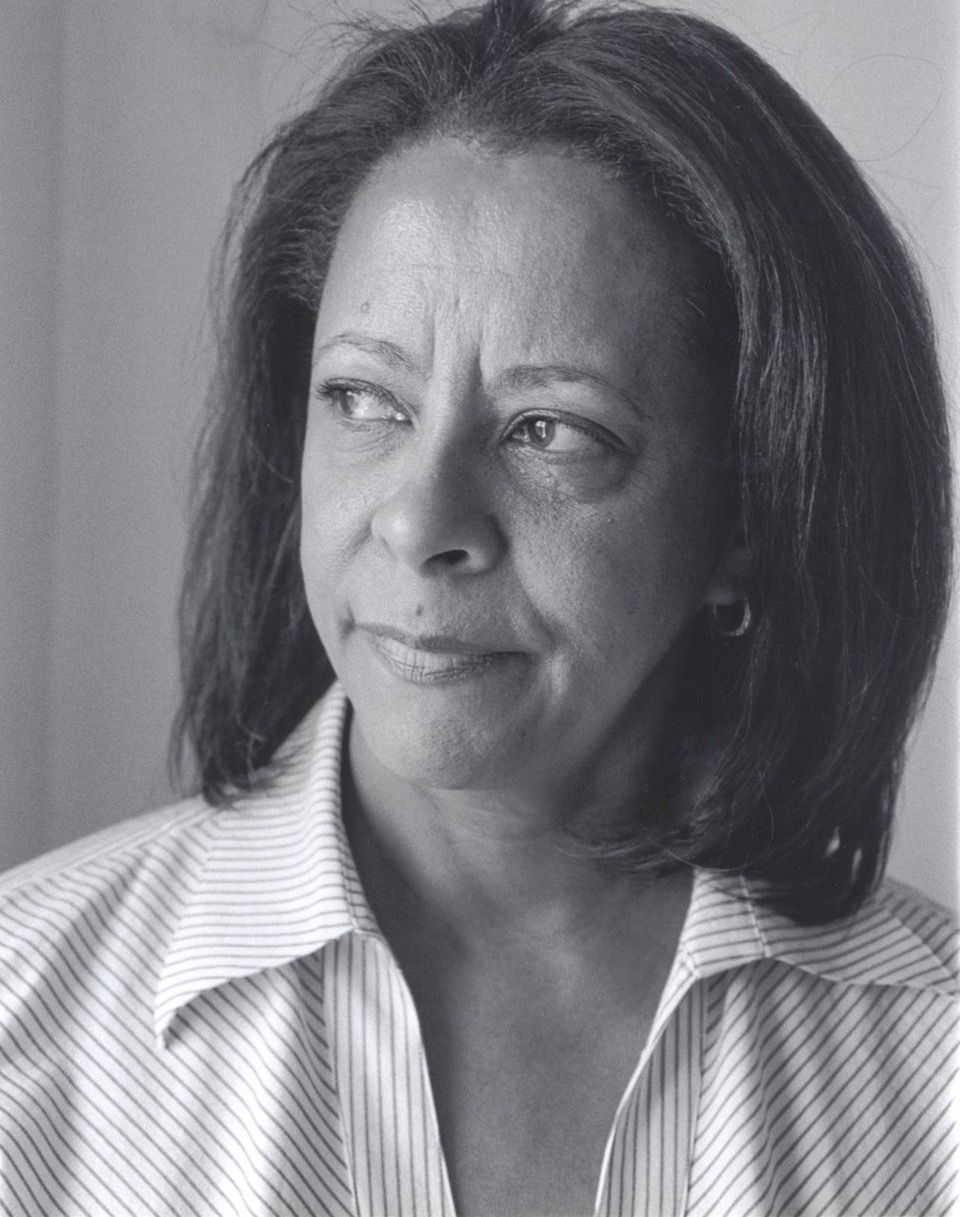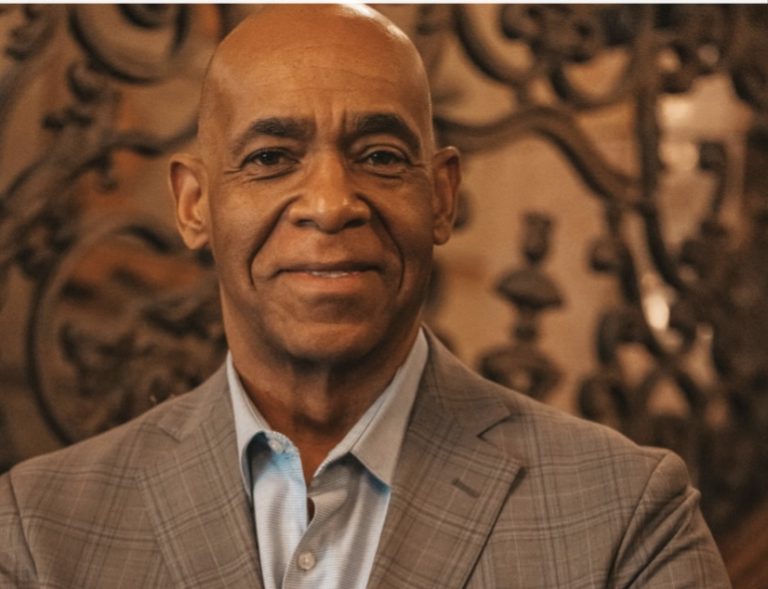People who Private Pay Insurance Will Have The Option To Die With Dignity If You Are On Medical Not So Much
By Tanu Henry / California Black Media
When Gov. Jerry Brown signed the End of Life Option Act into law a week ago on October 5, he empowered doctors to prescribe lethal drugs to Californians diagnosed with terminal illnesses.
If he were in that situation, the Governor wrote, “It would be a comfort to consider the options offered by the Right to Die legislation.”
Supporters of the law praised him for giving Golden State residents with terminal illnesses the option to “die with dignity.” Opponents, on the other hand, raised concerns that the law puts California on a slippery slope that could lead to a number of problems, including an increase in suicides and inequality in the quality of health care available to the dying based on how much money they have.
Here are 10 things you should know about California’s new Right-to-Die Law
- Because MediCal limits the treatments it pays for, patient’s ensured by the publicly-funded health insurance will have less options than those with private insurance to explore treatments that may prolong their lives than other citizens who pay for private insurance.
- On Sunday, Gov. Brown vetoed another end-of-life legislation, “The Right to Try” bill. It would have allowed experimental drugs and medical devices not yet approved by the Federal Drug Administration to be available to terminally ill Californians. It was co-authored by Assemblyman Ian Calderon (D-Whittier) and Sen. Jeff Stone (R-Temecula).
- Some lawmakers who oppose the bill argue that terminal illness diagnoses often lead to depression which might influence a patient to make the decision to end his or her life.
- The Right-to-Die Law will take effect next year. It was sponsored by Assemblywoman Susan Eggman (D-Stockton), Sen Bill Morning (D-Carmel) and Sen. Lois Wolk (D-Davis).
- California modeled its bill after a similar 1997 Oregon bill. Under the Right-to-Die law in that state, doctors have written 1,327 death prescriptions in 18 years. Only 468 people have opted out and chose to die natural deaths.
- Under California’s law, patients will have to self-administer the drugs.
- California’s law also mandates that two doctors agree about a patient’s diagnosis before making the prescription — and only to patients expected to live for six more months.
- Being the most populous state in the United States, when California passed its Right-to-Die law October 5, one in 10 Americans became eligible for medical assistance in dying.
- Pundits expect Maryland and New York to be the next two battlegrounds for Right-to-Die laws. States with existing right-to-die laws are Vermont, Oregon, Washington and Montana. New Mexico’s supreme court will hear arguments for and against similar legislation this month.
- California’s law requires the patient to be “mentally competent” but it does not factor external or emotional factors like depression.





